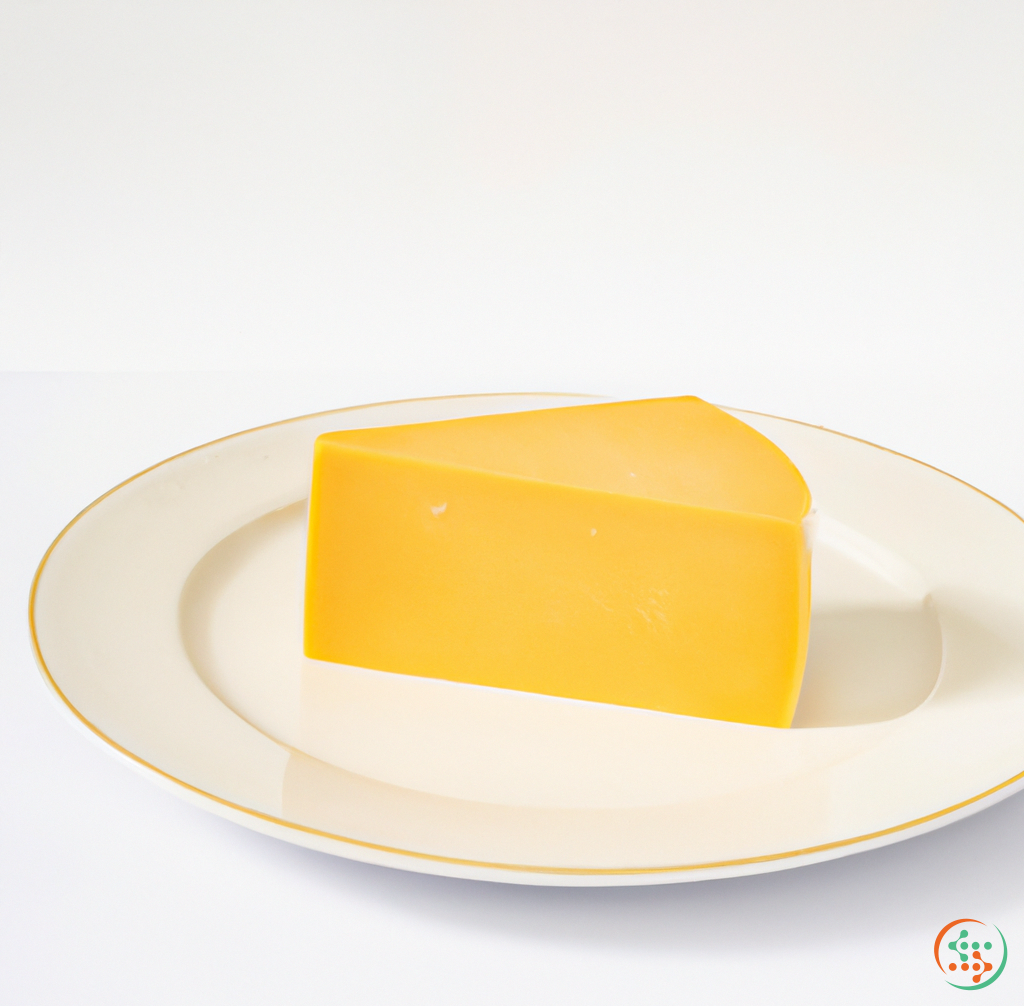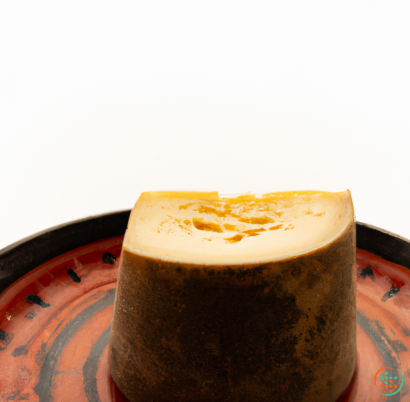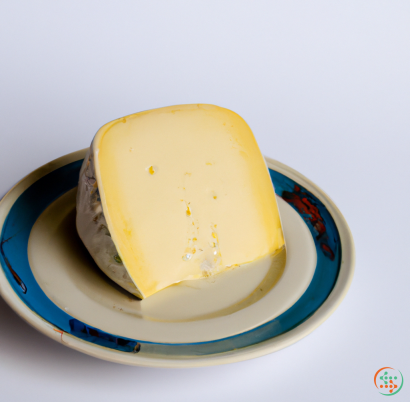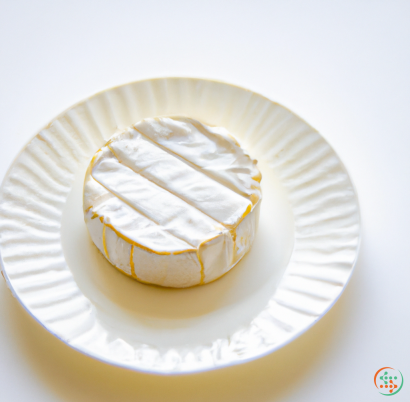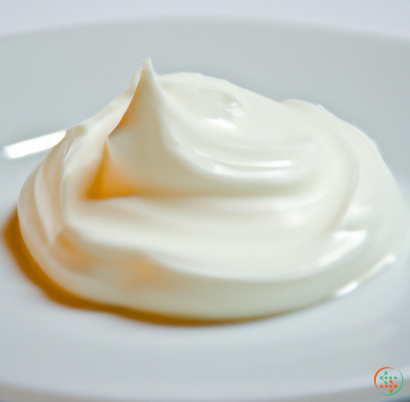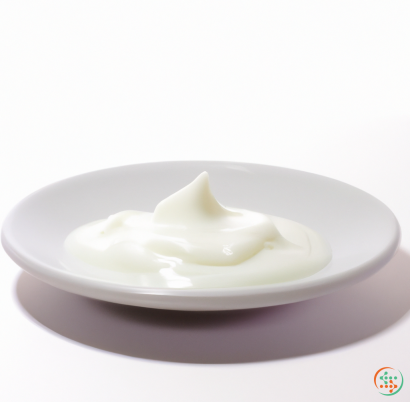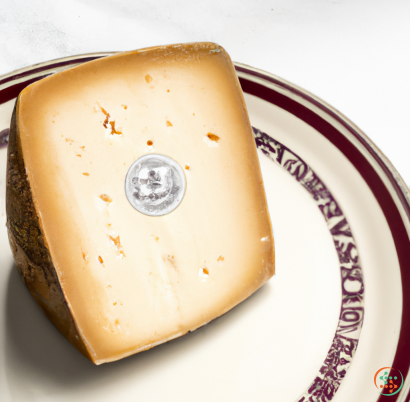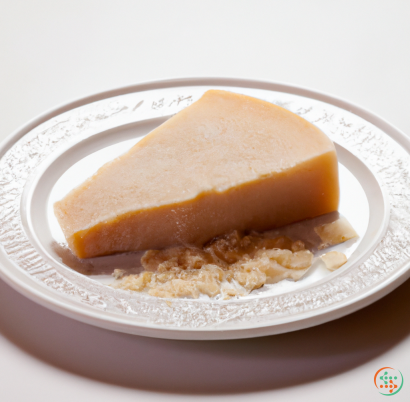Cheddar Cheese
A Guide to Cheddar Cheese: What It Is and How to Enjoy It
Cheddar cheese is one of the most popular cheeses in the world. It has a rich, tangy flavor and creamy texture that makes it a favorite ingredient in many dishes. Cheddar is also the most widely-available type of cheese, and it’s easy to find in nearly any supermarket. In this guide, we’ll take a closer look at cheddar cheese — from its history and production to how to enjoy it.
History of Cheddar Cheese
The first recorded reference to "cheddar cheese" dates back to 12th-century England. By the 15th century, this type of cheese had become particularly popular in the southwest portion of the country, particularly in Somerset, a county of the United Kingdom near Wales. This cheddar cheese was made from a combination of milk from cows and ewes, then aged in dark caves (Merlot Caves to be precise) for several months to help bring out the characteristic flavors and texture. This aging process also helped prevent bacterial contamination and spoilage.
Today, cheddar cheese is most commonly made with cow’s milk, although other milk sources can be used. Cheddar also remains a key ingredient in some classic dishes, particularly in British cuisine, such as Welsh rarebit, bubble and squeak, and shepherd’s pie.
How Cheddar Cheese Is Made
Production of cheddar cheese typically starts with a large tub of milk that is heated and inoculated with a starter culture. This culture develops during the process by consuming lactose (or milk sugar) in the milk and producing lactic acid, which gives the cheddar cheese its distinctive tart flavor.
The lactic acid also helps coagulate the milk proteins, which can then be cut into curds and separated from the whey. The curds are heated to regulation temperatures, strained, and stirred to further reduce their moisture content. (This is the point when any additional ingredients—such as salt, herbs, and spices—are typically added.) Afterward, the mixture is allowed to rest for a few minutes before it’s cut for the final time and placed into molds.
The cheddar cheese is pressed into shape over a period of eight hours, with the amount of pressure used depending on the desired density of the final product. The pressing time can be extended to up to 24 hours in order to create extra-firm cheddar cheese like extra sharp.
After the cheese is pressed, it’s moved to a curing room and salted before being waxed and wrapped. The cheese is then placed in aging warehouses, where it can spend anywhere from 9 months to 6 years aging, depending on the brand and variety.
Types of Cheddar Cheese
There are many different types of cheddar cheese, ranging from milder styles to extra sharp varieties. White cheddar is probably the most well-known, with its creamy texture and mild flavor. It tends to have a softer consistency than other types of cheddar.
Medium-aged cheddar is usually slightly sharper than white cheddar but still fairly mild. Extra-sharp cheddar is aged longer and has a stronger flavor. There are also Specialty cheddar varieties, such as flavored cheddar (e.g., garlic or jalapeno), extra-extra sharp cheddar, and processed cheddar (which is often grated or sliced).
How to Enjoy Cheddar Cheese
Regardless of the variety, cheddar cheese is incredibly versatile and can be enjoyed in a wide range of dishes. It’s a key ingredient in grilled cheese sandwiches, mac and cheese, egg dishes, and more. Cheddar cheese can also be enjoyed on its own as a snack — some folks simply enjoy it sliced with a glass of wine.
Cheddar cheese is also a popular addition to pizza and burgers, as well as in quiches, casseroles, and other types of hot dishes. A unique way to enjoy cheddar cheese is to make Welsh rarebit, in which slices of the cheese are melted with a few other ingredients and served over toast.
Conclusion
Cheddar cheese is a beloved cheese around the world, and it’s the foundation of many classic dishes. It has a creamy texture and tangy flavor that add a welcome flavor to any dish. With its long and varied history, it’s no wonder that cheddar cheese has remained a key part of many cultures’ cuisines. From white cheddar to extra-sharp varieties, there are plenty of ways to enjoy it.
Cheddar cheese is a mild, semi-hard cheese produced in the UK and other parts of the world. It's one of the most common and beloved cheeses in the world, and its unique flavor has endeared it to millions of people. The process of creating Cheddar cheese is surprisingly complex and intriguing, and its journey from the dairy to the dinner plate is one that is both fascinating and filled with craftsmanship.
To understand the process of creating Cheddar cheese, one must first gain an appreciation of the ancient art that is cheese making. Cheese is created by coagulating milk-proteins, called casein, into curds and separating them from the liquid component, known as whey. This is accomplished through the addition of an enzyme known as rennet. This process creates a web-like structure around the fat and protein molecules and causes them to cling to each other, resulting in a mass that is ready to be cut and separated into curds and whey.
Once the curds have been created, they are put into a vat and heated. The whey is then drained off, leaving the curds behind. Depending on the variety of cheese being created, this heating process can vary in length and intensity. In the case of Cheddar, the temperature is brought up to a point at which the curds start to become rubbery. After this is reached, the heat is quickly turned off and the curds are cut into smaller pieces with metal harps and paddles.
The next step in creating Cheddar cheese is called cheddaring. This involves the laying out of the smaller curds in rows, followed by the folding and piling them on top of each other several times. This process forms a mat of curds that are then cut into slabs, which are salted and placed into moulds to form the final shape of the cheese.
Once the cheese has been allowed to sit for a period of time, it is then wrapped in a wax cloth and placed in a warm, humid room. This encourages the growth of beneficial microbes and helps the cheese to develop its characteristic tangy flavor. After this, the cheese is placed in a chamber where the temperature and humidity remain consistent. The cheese remains in this environment for several months, during which time it undergoes a series of maturation processes that further increase its flavor and texture.
Once the cheese has reached maturity, it is then prepared for shipping. The cheese is cut into large blocks and then wrapped in waxed paper. This prevents the cheese from drying out and helps to keep it safe while in transit. After packaging, the cheese is placed in boxes and shipped to the grocery store or other outlet.
Finally, it is time for the Cheddar cheese to arrive in a consumer's home. After the cheese is purchased, it can be stored in a refrigerator for up to a few weeks. It is always best to consume cheese as fresh as possible, as its flavor and texture can degrade over time. Once the cheese is ready to be used, it can be sliced, grated, or melted over various dishes. Cheddar cheese is a welcome addition to many types of food, from macaroni and cheese to pizza and tacos.
The journey of Cheddar cheese from the dairy to the dinner plate is an interesting and complex one. Although it may only take a matter of days for the cheese to get from a dairy to a store shelf, in actuality, a tremendous amount of thought and care is put into each step of the process in order to ensure a safe, delicious product upon arrival. The craftsmanship employed by the myriad of people involved in the production and distribution of this beloved cheese should be respected and celebrated.
| Vitamin A | 0.33 mg | |
| Beta-Carotene | 0.085 mg | |
| Vitamin D | 0.6 ug | |
| Vitamin D3 | 0.6 ug | |
| Vitamin E | 0.71 mg | |
| Vitamin K | 0.0024 mg | |
| Vitamin B1 | 0.03 mg | |
| Vitamin B2 | 0.43 mg | |
| Vitamin B3 | 0.06 mg | |
| Vitamin B4 | 0.0165 grams | |
| Vitamin B5 | 0.41 mg | |
| Vitamin B6 | 0.07 mg | |
| Vitamin B9 | 0.027 mg | |
| Vitamin B12 | 0.0011 mg |
| Calcium | 0.71 grams |
Daily Value 1.3 g
|
| Iron | 0.14 mg |
Daily Value 0.018 g
|
| Magnesium | 0.027 grams |
Daily Value 0.4 g
|
| Phosphorus | 0.455 grams |
Daily Value 1.25 g
|
| Potassium | 0.076 grams |
Daily Value 4.7 g
|
| Sodium | 0.653 grams |
Daily Value 2.3 g
|
| Zinc | 0.00364 grams |
Daily Value 0.011 g
|
| Copper | 0.03 mg |
Daily Value 0.9 mg
|
| Manganese | 0.03 mg |
Daily Value 0.0023 g
|
| Selenium | 0.0285 mg |
Daily Value 0.055 mg
|
| Fluoride | 0.0349 mg |
Daily Value 0.004 mg
|
| Tryptophan | 0.547 grams | |
| Threonine | 1.044 grams | |
| Isoleucine | 1.206 grams | |
| Leucine | 1.939 grams | |
| Lysine | 1.025 grams | |
| Methionine | 0.547 grams | |
| Cystine | 0.123 grams | |
| Phenylalanine | 1.074 grams | |
| Tyrosine | 1.108 grams | |
| Valine | 1.404 grams | |
| Arginine | 0.547 grams | |
| Histidine | 0.547 grams | |
| Alanine | 0.751 grams | |
| Aspartic Acid | 1.734 grams | |
| Glutamic Acid | 4.735 grams | |
| Glycine | 0.547 grams | |
| Proline | 2.497 grams | |
| Serine | 0.78 grams |
| Galactose | 0.1 grams |
|
| Glucose | 0.26 grams |
|
| Lactose | 0.12 grams |
|
| Total Sugars | 0.5 grams |
per 100g
|
| Caproic acid (6:0) | 0.54 grams |
|
| Caprylic acid (8:0) | 0.34 grams |
|
| Capric acid (10:0) | 0.82 grams |
|
| Lauric acid (12:0) | 0.94 grams |
|
| Myristic acid (14:0) | 3.01 grams |
|
| Palmitic acid (16:0) | 8.63 grams |
|
| Stearic acid (18:0) | 3.39 grams |
|
| Arachidic acid (20:0) | 0.05 grams |
|
| Behenic acid (22:0) | 0.02 grams |
|
| Lignoceric acid (24:0) | 0.01 grams |
|
| Butyric acid (4:0) | 0.63 grams |
|
| Total Saturated fatty acids: | 18.38 g | |
| Oleic acid (18:1) | 7.4 grams |
|
| Palmitoleic acid (16:1) | 0.5 grams |
|
| Gadoleic acid (20:1) | 0.07 grams |
|
| Total Monounsaturated fatty acids: | 7.97 g | |
| Omega-3 Timnodonic acid (20:5) | 0.01 grams |
|
| Omega-3 Clupanodonic acid (22:5) | 0.02 grams |
|
| Omega-6 Eicosadienoic acid (20:2) | 0.01 grams |
|
| Linolenic acid (18:3) | 0.11 grams |
|
| Linoleic acid (18:2) | 1.17 grams |
|
| Total Polyunsaturated fatty acids: | 1.32 g | |
| Cholesterol | 0.1 grams |
|
| Total Sterols: | 0.1 g | |
| Trans-monoenoic fatty acids | 0.92 grams |
|
| Total Trans fat: | 0.92 g | |
